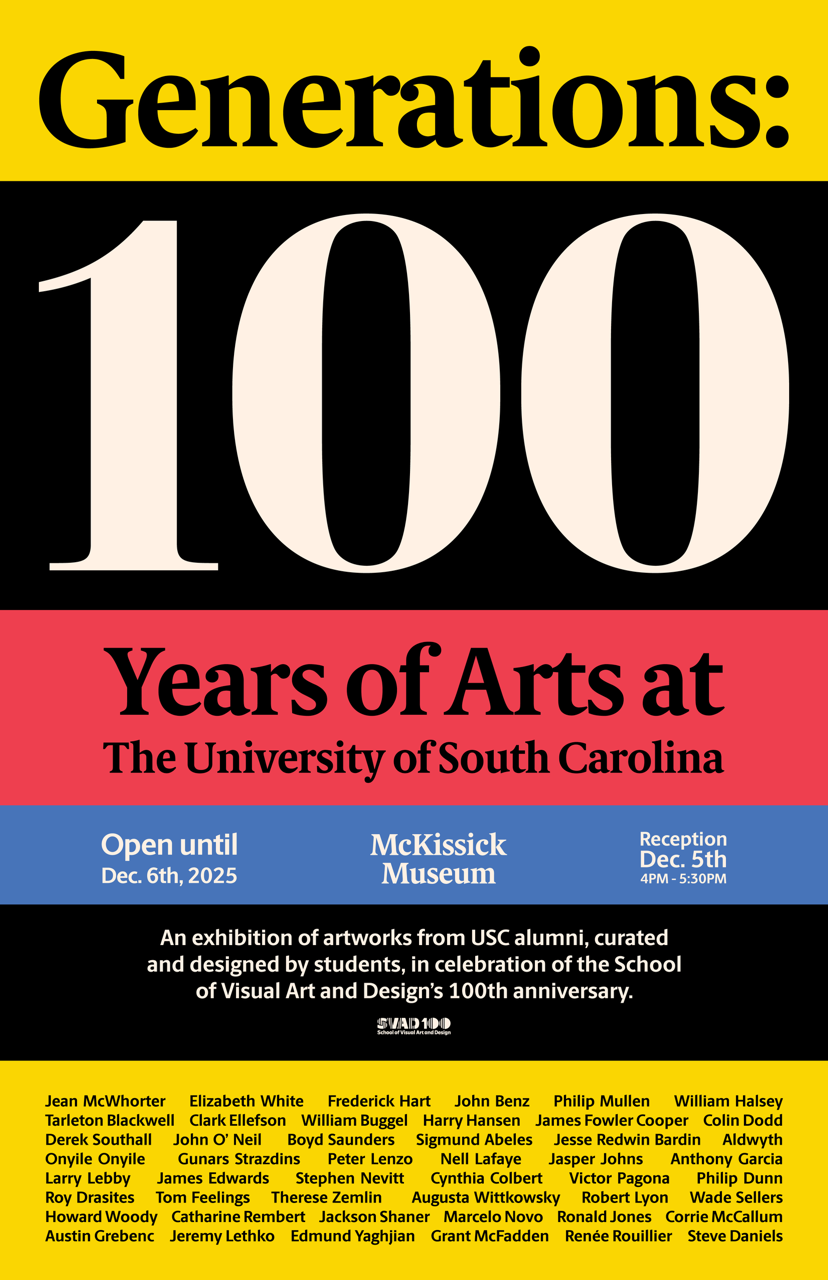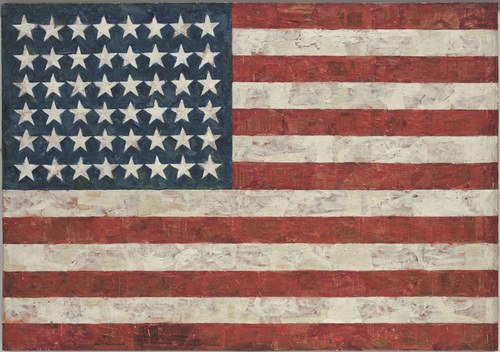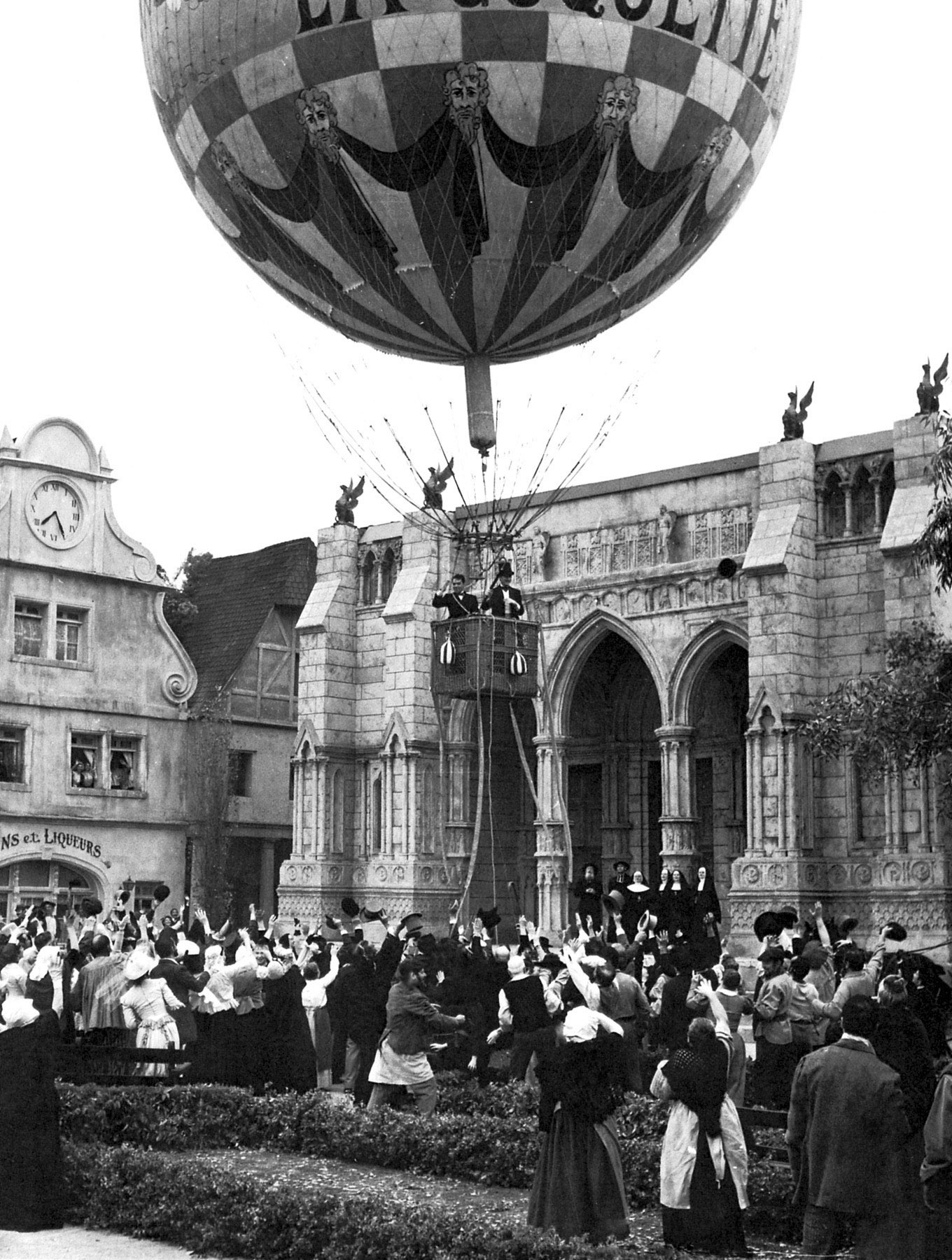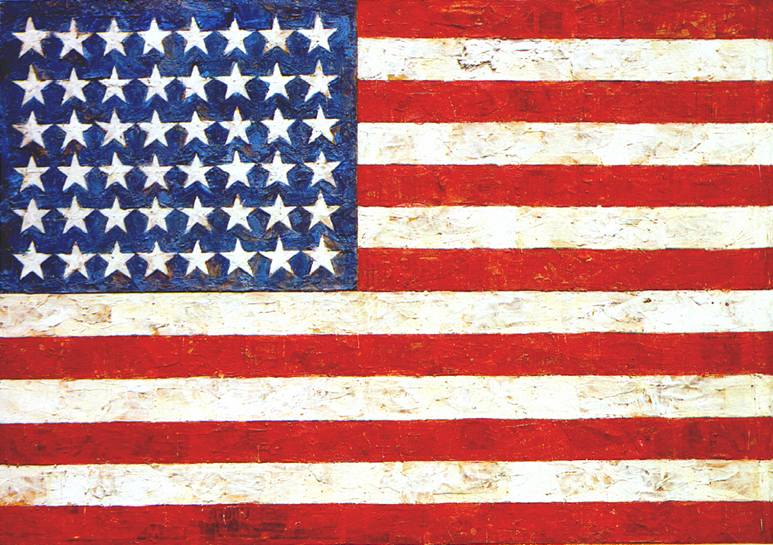Sig Abeles was born in New York but raised in South Carolina’s Myrtle Beach. His mother had a bad, well, a horrible marriage, so she packed up little Siggy and headed for Dixie where relatives lived nearby. It was Mrs. Abeles’ (pronounced “a” as in hay and “beles” as in Belize) idea to start a seaside hotel (only it was cheaper to be off Highway 17, not quite on the water) and it would be there that her son grew up to love the sea, riding horses, and Brookgreen Gardens. From there, he would eventually make his way back to New York with dreams of becoming a great artist. After all, his pal, Jasper Johns, had not done so bad.
And, in his own way, he did become that great artist and one of the more recognizable printmakers of the late 20th century. Which means he needs a book of some kind to declare that this is the case.
“Sig, what about that memoir you’ve been threatening to write for the last twenty years?”
“Oh, I got busy,” he drawls, with a manner of speaking that betrays echoes of a drawl mixed in with vintage New York aggro and a healthy dose of Yiddish inflection.
“Busy with what?” I bug him. Most artists need to be pushed until they get to the edge of the cliff, then they’ll happily jump by themselves.
“Well, there’s my lady, and I’m her man. We need time together.”
After having been divorced three times, Sig got a girlfriend at the age of sixty-seven, and they are still together after twenty years. Their first date was a walk in the park, literally Central Park. For Sig, ever the romantic, it had been love at first sight.
“I hope you found a nice Jewish girl, as your mom wished for you to do.”
“"No, oddly, I didn't. Not even back when I lived with mom.” And he chuckles, ever the gleam in his sharp, highly trained eyes. “Not that I didn’t spend a lot of time looking.”
“I’m happy for you, Sig. Really. That said, happiness schmappiness. You need to get your life story down in print. You are a first-class bullshitter, and your story would be a good read—the boy from down yonder who made good in the big city. It’s the great American story, isn’t it? Fate would have had you working in your uncle’s grocery story over in Florence, but you defied fate, or something like it, and followed your heart.”
“Ah, yes. That I did. It really all started in Brookgreen Gardens.”
“Tell me about that. Maybe later you can write it down and get this show on the road.”
“Sure. I’ll tell you about it. That spot was where my living education took place at a time when the rural deep South lacked museums of history, nature, and art. I was given either a box of Ritz crackers or a box of Del-Monte raisins as a standard snack and would go sit on my perch and learn with my eyes. On any short list of why I became so damned lucky as a dreamer, human being, and artist, Brookgreen Gardens, a mere seventeen miles south of my Myrtle Beach home, comes in as a close contender for the top. It was where I cut my “art-teeth,” and I would doubtfully have become a professional artist without that magical collection of American figurative sculptures set in formal gardens. Throw in the zoo of local animals, which I also soaked in repeatedly until I was full, and I was able to learn what no one school or teachers could have possibly provided me.
My lady friend, Nora, likes to tell folks about my “eagle-eye.” In a museum or at an antique show my eye leads me to the absolute best thing there almost instantly. That visual acuteness was developed at Brookgreen. The mystery of how in the world a sculptor could observe a model and somehow translate and transform clay into a convincing, living form for eternity still bowls me over, even though I now understand and practice those processes. The two huge subjects of my personal passion, the human, especially female, body and the grace and power of the horse remains fulfilling, thanks to that rich and exciting collection. From my vantage point on our rooming house’s steps overlooking US 17, I sometimes would spot a huge flatbed truck with a sculpture, sometimes wrapped in tarps with just a huge thigh or shoulder exposed on the way to that ever-evolving Brookgreen. I would run into the kitchen shouting, “Ma, a new sculpture is going to Brookgreen, please, when can we go down to see it, say really soon! OK? Please?”
Because of Brookgreen Gardens, I knew the name and the sculpture of Anna Hyatt Huntington long before I had heard of Auguste Rodin. The same is true for the names of Gertrude Whitney and Malvina Hoffman before even knowing about Michelangelo, or the way-out, biting wit and satire of Henry Clews before Francisco Goya became a greater favorite and influence. It still seems like an odd happenstance of counter-intuition that it was the lady modelers who were the early heroes for me, not the men. In fact, the first time I “touched” art (and maybe it touched me) is evidenced in a snapshot of me as maybe a four-year-old on a family picnic where I was pulling the tail of a bronze lion by Ms. Huntington.”
“And, from there to where, my friend? Tell me a little about your time at USC.”
“My time at USC would prove to be a mixed bag, maybe even a mixed-up bag. In the 1950s, one could argue, correctly, that Columbia was at the epicenter of conservative American mores focused on truth and righteousness and was a national leader in the suppression of civil rights. No irony there, right? It was thus an unlikely place to be if one’s goal were to learn about mysterious creative strategies that might unlock the door to an artistic life. On the other hand, it might be a good place to learn business strategies involving tobacco and the manufacture of cigarettes and how to deny their danger to the health of the world. I knew instinctively things were going to be bumpy when I discovered the art department offered not one course in sculpture. Not. One. A place like Brookgreen Gardens never came up in conversation, however much I loved that place so dearly. It was my launching pad.
The greatest professor there for me was Bob Ochs who taught American history and was a Lincoln scholar. God, how I loved hearing him dress down those students falsely proud of the Old South. He would happily tell them that their family were not plantation or slave owners, but rather were white trash who desperately needed to distinguish themselves one bare notch above Black Americans. Bob later became a friend, bought some work, had a house in Majorca, was awfully close to Jasper Johns, and was uniquely special—it was a privilege to have known him.
I was supposed to be a pre-med student. Mom wanted me to be Chief Surgeon to the Free World. But I struggled with math, chemistry, and biology classes. I wanted art like no other desire; it was obsessional. USC's art faculty was comprised of interesting individuals. My favorite art professor was Augusta "Bucky" Wikowski, the adorable, eccentric art historian. She was widowed by the time I met her. Bucky was a great traveler and storyteller. She truly brought slides alive with her insights. Her pronunciation of profile as "pro-feel" delighted me as did her recounting to me over drinks on her Devine Street hillside home of the personae she assumed during her full summer travels to Europe and Mexico. Once she passed herself off as white Russian aristocracy, another time as a famous madam. Long after I left Columbia, the Columbia Museum of Art had arranged a show of her paintings, which were done either while traveling or from sketches made during those trips.
However, Bucky was extremely modest about her canvases, very self-effacing. When it was time to deliver her exhibition, she stacked all her framed works against the back bumper of her station wagon and then proceeded to back over them all, busting frames and stretchers, doing grave damage to the best of her years of labors of love and remembrance.
Often, I ranked myself in USC's art department as the fair-haired freshman (or fair-haired sophomore by the time I noticed my post pre-med mistake) while Jasper Johns was the fair-haired senior. The Jasper Johns event of memory was the farewell Mr. Graduate party for Jap after which he roared off in his snappy red sports car to fulfill his dream of going to New York to study at the Art Students League of New York with Yasuo Kuniyoshi. At the time, Jap's works were small watercolors leaning toward Paul Klee and rose period Picasso, sensitive and poetic. Jap's parting words to me were that when I made my way back to New York to look him up and he would help me find a place to live and work, which I did but neither a studio and apartment nor the job worked out for me. I do remember one day when Jap and I were at MOMA and he just said, “the New York Art World is run by four hundred male homosexuals.”
In 1955, soon after the Supreme Court decision in favor of desegregation, I was called into the president of the University of South Carolina’s office. I had passed out leaflets around campus in support of civil rights, and taped fliers to walls. This work was modest in relation to what was to come in the 1960s, but it was enough to get you into plenty of trouble in South Carolina in the ‘50s. Certain of my views seem to have been influenced by northern proponents of freedom for all (radicals, that is), and the president, had this to say to me: "If you owe them so much (these radicals), why don't you move north to live with them?"
I responded that I was at USC to get a degree and it was my intention to finish it. My records were on his desk, and he looked them over and proceeded to tell me that with the summer schools I had attended, I had enough credits to graduate. (I had put in five semesters of undergraduate work.) "If you agree to leave USC after this semester, we will send you a bachelor’s degree in June." In essence, he gave me a bachelor’s degree as a way to kick me out of school, similar in spirit to how Southerners will say, “Well, bless your heart!” when they mean “Screw you!” So, I finished that semester and moved to New York, took a small apartment in Greenwich Village on Charles Street and started making art.”
You must have hundreds of stories.”
“I do. But I wouldn’t know how to end it.”
“That, Sig, is a good thing. Now, write the rest of it.”
Note: Sigmund Abeles has completed a first draft of his memoir, and, with a good deal of luck, should be out and readable in a year or two.









